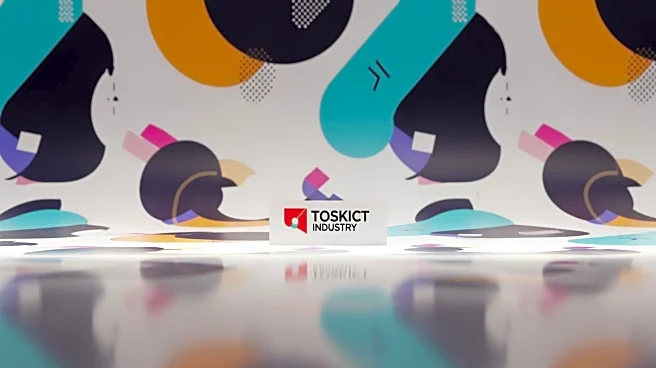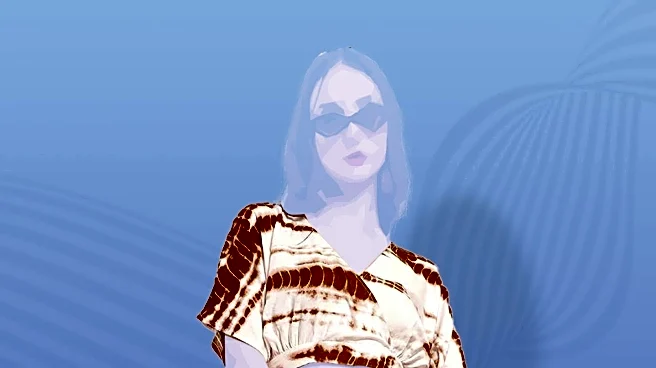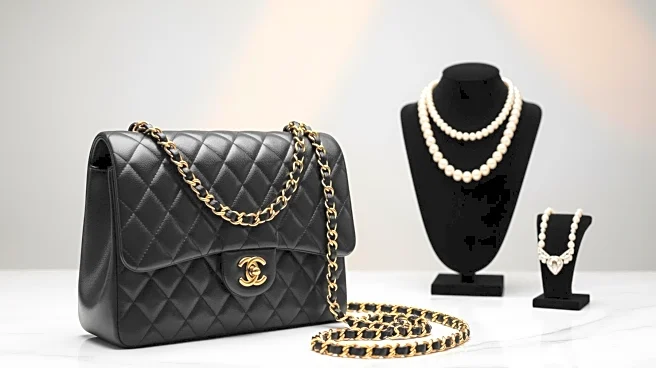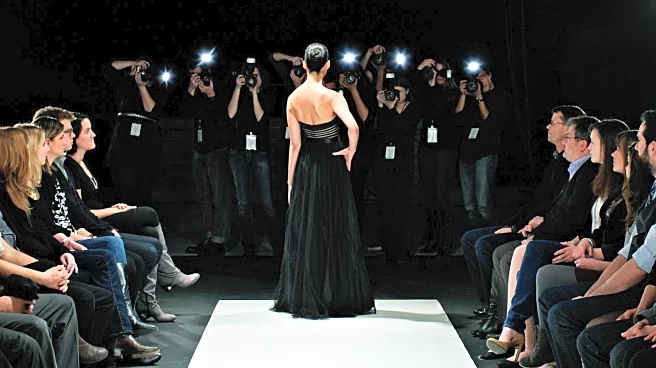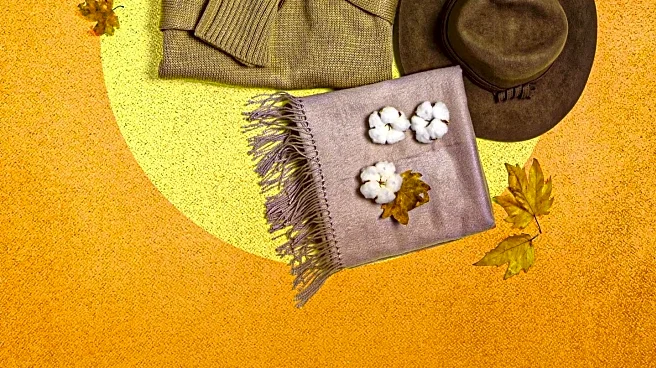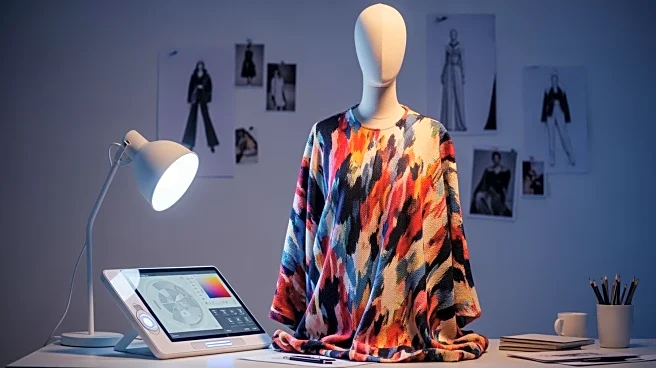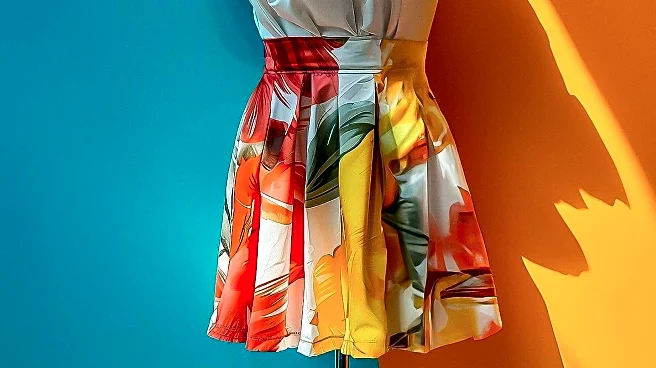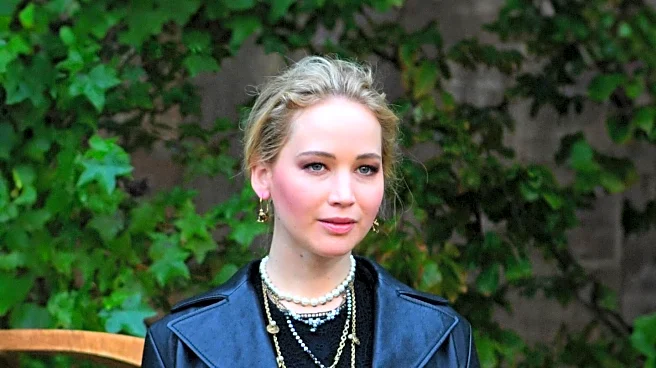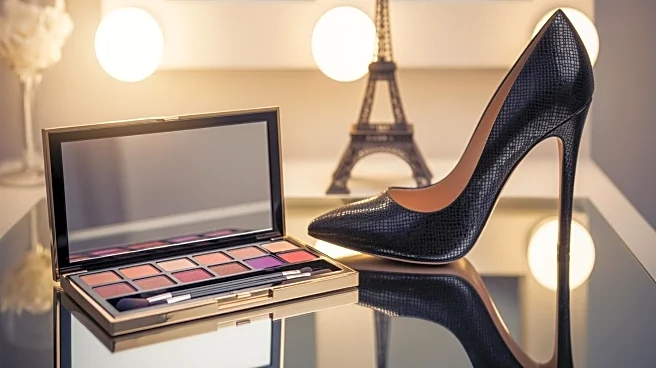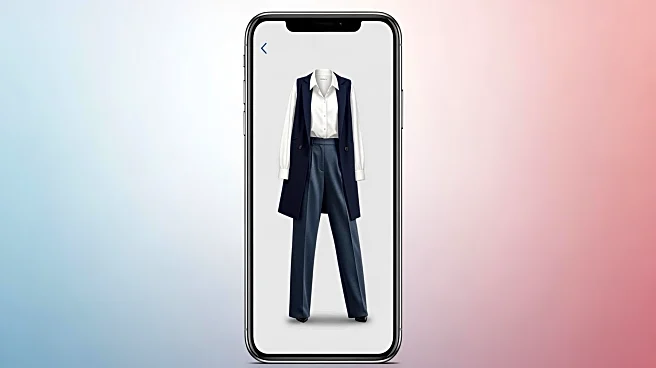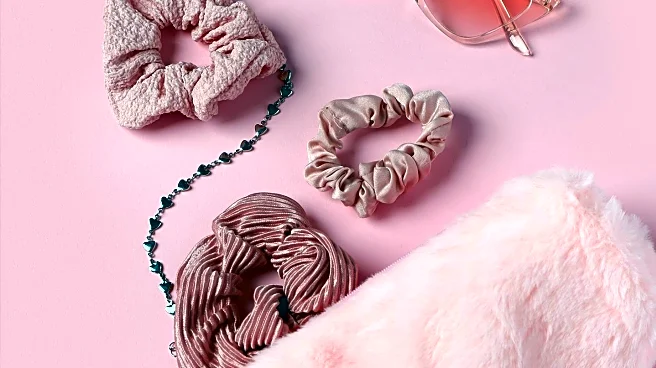What's Happening?
David Shah, a publisher and professor, has outlined five key signals set to transform the textile industry by 2027. Speaking at the Mare di Moda trade show, Shah highlighted a shift towards hybridization, emotion, protection, kidulting, and exuberance
in fashion. He noted a paradox where consumers are willing to pay for experiences but hesitate to invest in clothing, leading to a focus on functionality over ostentation. Shah predicts a return to vibrant colors and romanticism, with textiles becoming high-performance and durable, while sportswear continues to grow due to its hybridization with lifestyle and health.
Why It's Important?
Shah's insights are crucial for understanding the future direction of the textile industry, which is increasingly influenced by consumer preferences for experiences and well-being. The predicted trends suggest a move away from minimalism towards more expressive and functional fashion, which could impact how brands design and market their products. As consumers seek tangible value and emotional connection, brands may need to innovate to meet these demands, potentially leading to new opportunities and challenges in the industry.
What's Next?
The textile industry may see increased investment in smart fibers and premium recycling, as brands strive to balance sustainability with performance. As the market adapts to these trends, companies may need to reevaluate their strategies to remain competitive. The focus on hybridization and emotion could lead to new collaborations between designers, manufacturers, and spinners, fostering innovation and creativity in the industry.
Beyond the Headlines
Shah's predictions highlight the cultural and emotional dimensions of fashion, suggesting a shift towards more expressive and meaningful designs. The emphasis on protection and kidulting reflects a desire for stability and innocence in uncertain times, while the return of exuberance indicates a renewed interest in visual pleasure. These trends could lead to long-term changes in consumer behavior and industry practices, as fashion becomes a tool for self-expression and emotional connection.
